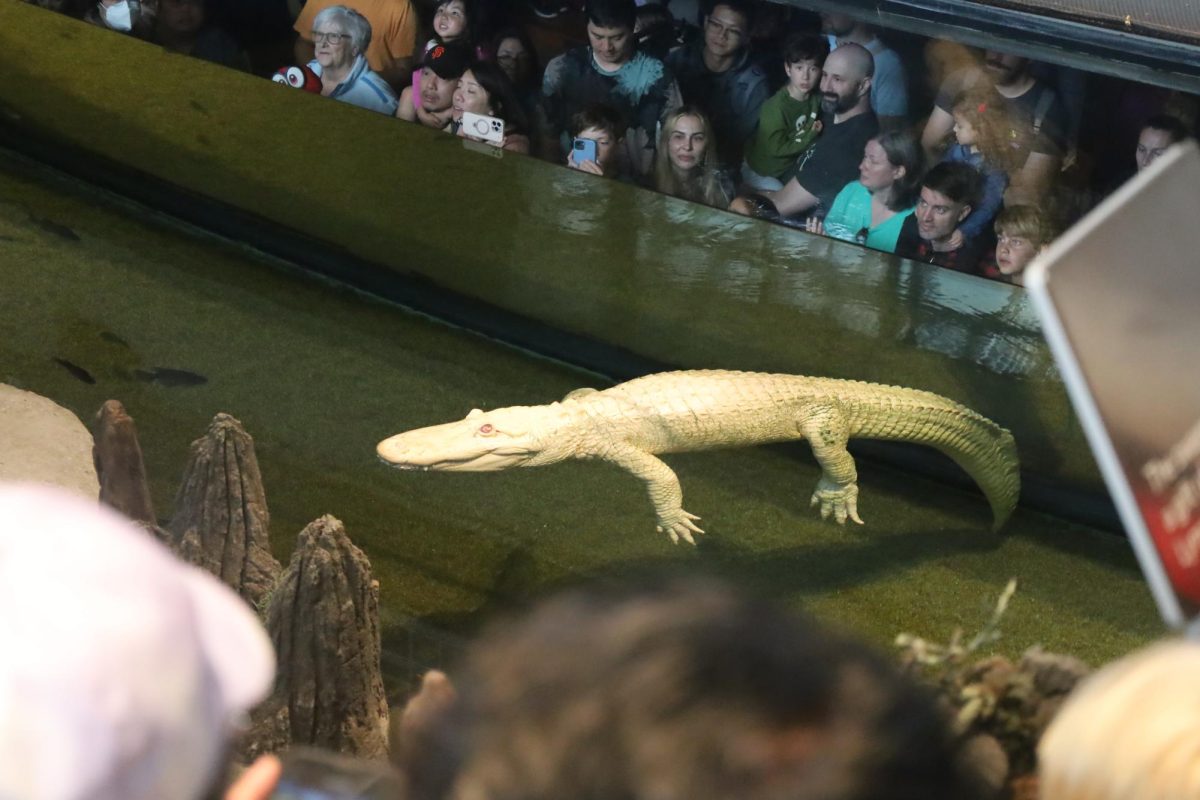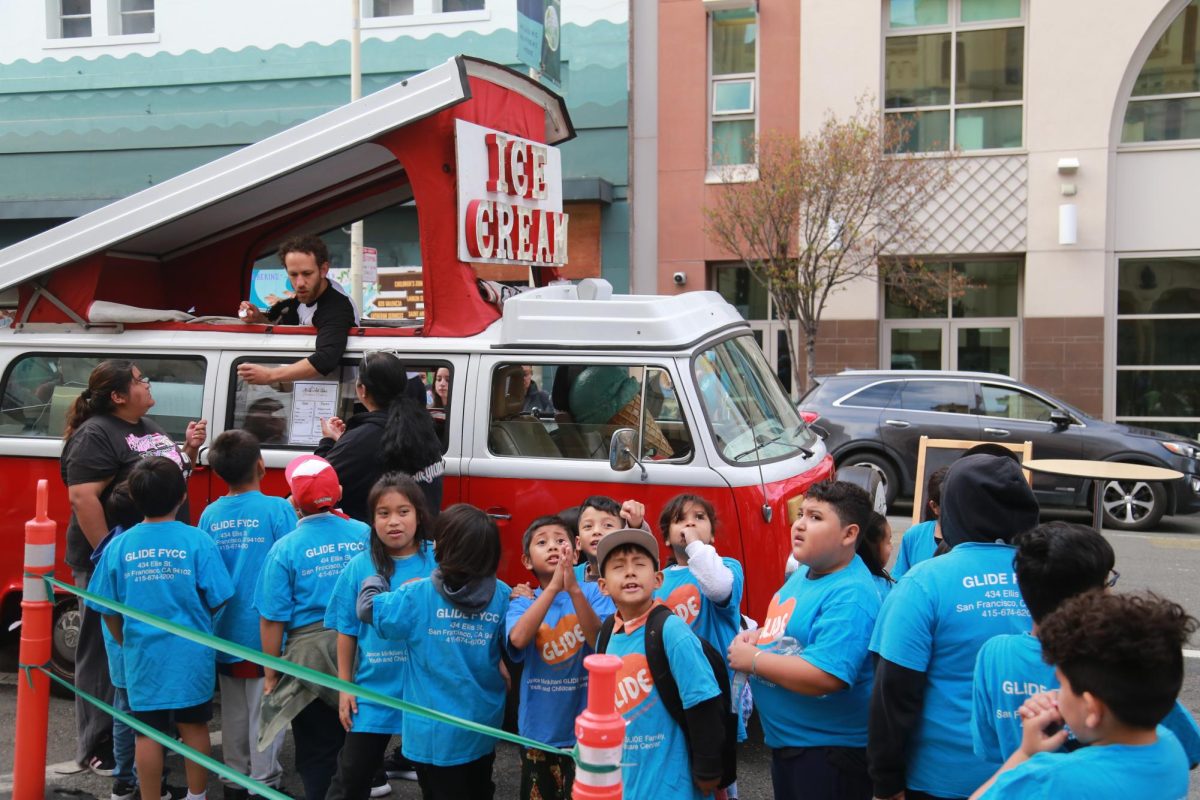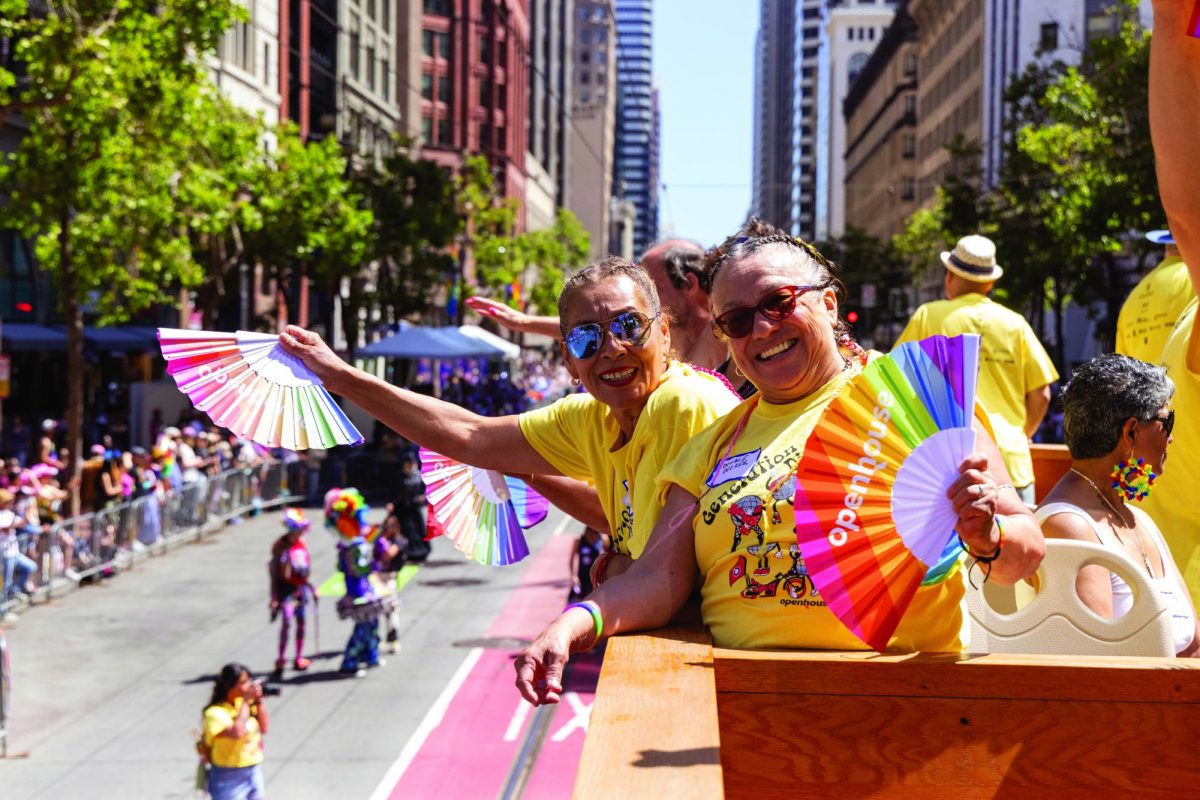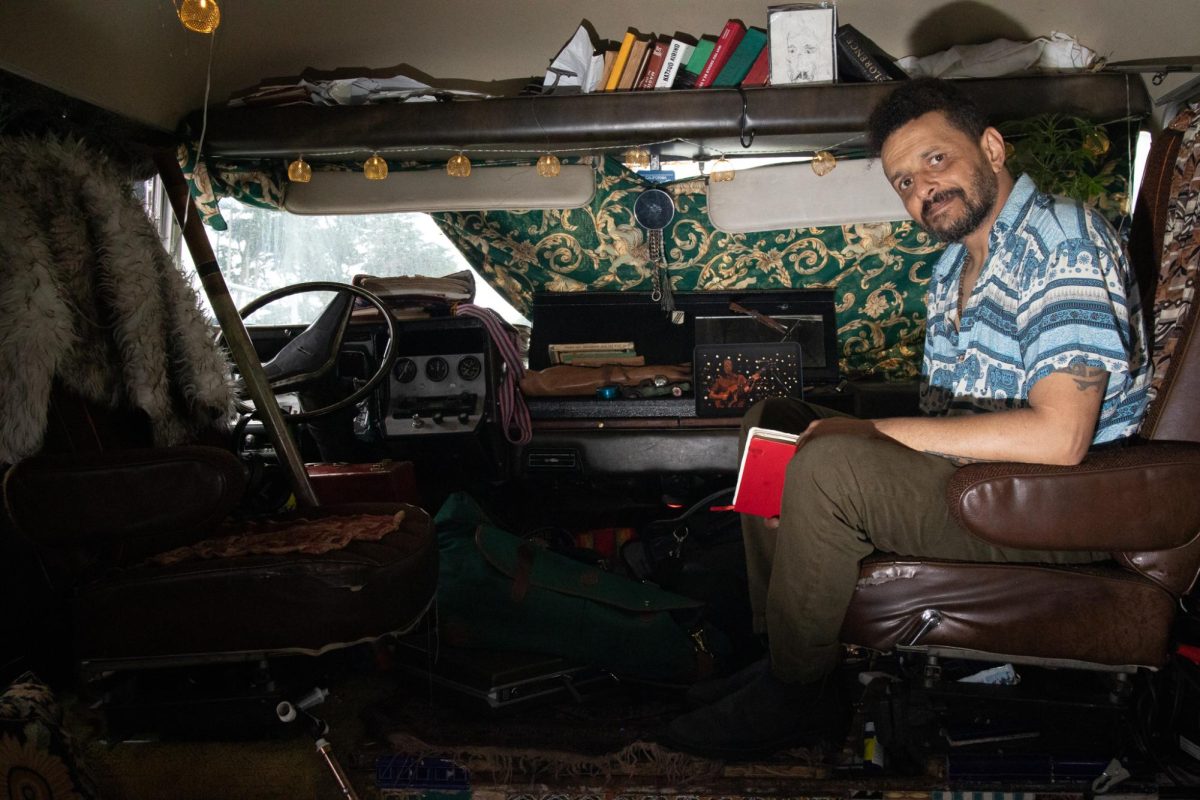On New Year’s Day in 2009, twenty-two-year-old Oscar Grant was shot and killed by a BART police officer at Fruitvale station. On February 26, 2012, just shy of his seventeenth birthday, Trayvon Martin was shot and killed by a neighborhood watch volunteer in Florida. On Aug. 6, eighteen-year-old Michael Brown was shot and killed by a Ferguson, Missouri police officer.
These occurrences took place in different cities across the US, but they all shared one too many similarities. Those killed, were unarmed Black men and their shooters were White males.
In Grant’s case, BART Police Officer Johannes Mehserle was convicted of involuntary manslaughter and sentenced to two years in county jail. In Martin’s case, Neighborhood Watch George Zimmerman was charged with second-degree murder and shortly proved not guilty. After a grand jury hearing to determine whether a crime was committed in Brown’s shooting, the jury agreed not to indict Ferguson Police Officer Darren Wilson.
Following each case, both peaceful and violent protests erupted when the demonstrators demanded justice for those killed. The movement #BlackLivesMatter sparked after Zimmerman’s 2012 acquittal as a call to action against racism.
According to a study done by the Malcolm X Grassroots Movement, in 2012 at least three-hundred-thirteen African Americans were killed by police officers, security guards, or self-appointed vigilantes. The study highlighted the militarization and brutality coming from law enforcement against black people.
On Nov. 24, when the announcement of Ferguson’s twelve-member grand jury’s decision not to indict Officer Wilson made headline news across media platforms, nationwide protests flared.
I happened to be stuck in the unexpected crossfire in two different cities last week, in Downtown Los Angeles, while I was visiting my family for Thanksgiving, and in Oakland, on my way home from the airport.
Last Tuesday, I took a trip downtown to my favorite museum, The California Science Center, which I always make an effort to visit on nearly every trip home. Little did I know that a short distance away in Leimert Park, protesters began marching down Martin Luther King Jr. Boulevard in my direction shouting, “Hands up, don’t shoot.”
Later that evening, protestors would downpour on the 101-freeway, blocking traffic in both directions, and lead demonstrations in various areas across the city. That day, nearly two hundred people would be arrested by the Los Angeles Police Department, according to Chief Charlie Beck. Arrests were made on multiple violations of disturbing the peace, one assault on a police officer and a handful of curfew violations.
Peaceful protests, vandalism, looting, and rioting began within moments of the announcement to not indict Wilson and this ongoing series of protests show no signs of ending anytime soon even after his resignation from the force. Each day, an impactful protest is highlighted in lieu of justice for Brown.
On Friday Nov. 28 my plane landed in the Oakland International Airport at 10:40 a.m. I quickly picked up my bags from the baggage claim carousel and jetted to the new AirBart service that takes you from the airport to the Oakland Coliseum BART Station. I ran from the drop off point to a BART train headed to San Francisco. I did not run fast enough and missed it. As I waited at the station an announcement came through the speakers that said, “…delays system wide due to civil unrest at West Oakland Station.”
I along with the rest of the holiday travelers with confused looks on our faces boarded the next BART train, unknowing of what was actually going on. The train conductor made it clear that he didn’t know what was going on either and that we would have to get off at Lake Merritt Station.
In the meantime I opened up my Twitter feed and was shocked by what I found. At approximately 10:45 a.m., five minutes after I landed, demonstrators dressed in shirts that read #BlackLivesMatter chained themselves to BART trains at West Oakland Station. BART service was halted to and from San Francisco.
Their purpose was to interrupt black Friday commerce, specifically to say that Black lives matter in wake of the court decision in Ferguson, according to an interview with Protester Mollie Costello by NBC.
As I waited outside of Lake Merritt Station with an overstuffed suitcase in hand, sun baring down on my shoulders and my phone with eight percent battery life, I debated whether to pay for a $50 Lyft ride home. My other option was to try my luck at hopping on a bus, in a part of town I am unfamiliar with, and a phone that would die in the next fifteen minutes.
Partially because I am cheap, I decided to wait with the hundreds of stressed out commuters and give them a listening ear. Some complained of being late to work or meeting up with friends, others worried of missing Black Friday sales.
Two hours later the announcement was made that trains were resuming and the look of worry melted off of people’s faces. As the large mass of people stood waiting downstairs for the train to approach, fourteen people in handcuffs chanting, “Black lives matter,” being led by police made their way up the station stairs.
That is when it hit me. The week before while watching Jon Stewart’s film Rosewater that showed footage of the citizen’s revolt against the Iranian government, I thought to myself, “Why can’t anything like that ever happen here?” Where a group of people standing up together and fighting for something powerful and in turn creating awareness towards something meaningful. Right before my eyes, it was happening. A tear fell from my eyes as I witnessed fourteen individuals in handcuffs walk past me, chanting and still showing signs of hope. They were fighting for the justice of one man, a man they did not know, for the betterment of an entire race and nation.
In that moment, I remembered those from earlier in the day complaining of their ruined Black Friday plans and the negligent anger and stress they felt. That sense of anger, fear, and confusion was only a fraction compared to the families, friends, and community members who witnessed someone they loved be killed by someone whose job is to protect them.
Later that evening, demonstrators broke down police barricades to protest on San Francisco’s Union Square during Macy’s tree lighting ceremony. The protest quickly escalated into a violent one; police were verbally harassed, windows were broken, stores were looted and shoppers were locked inside stores. The San Francisco Police Department announced that there were seventy-nine arrests that night. A total of five cops were wounded during the protest when passersby threw rocks and bottles, according to police chief Greg Suhr.
After watching countless of videos of the protest that night, I noticed the hate that they had against the policemen. Protestors shouted in their faces, spit in their direction and went as far as throwing things at them. Putting all cops in one category and treating them like they are all the same. This beat down on law enforcement contradicts their message to end stereotypes and racial profiling.
Just like not every cop is the same and not every person is the same, not every protest is the same. Tuesday, hundreds of protesters around the county participated in a walk out in support of Ferguson. They walked out of jobs and schools at 12:01 p.m. central time, the same time Brown was shot last month.
Will these righteous acts make a difference? Perhaps it is too early to tell, but the nationwide gatherings are inspiring and are bringing people from all walks of life together to fight for a purpose.















